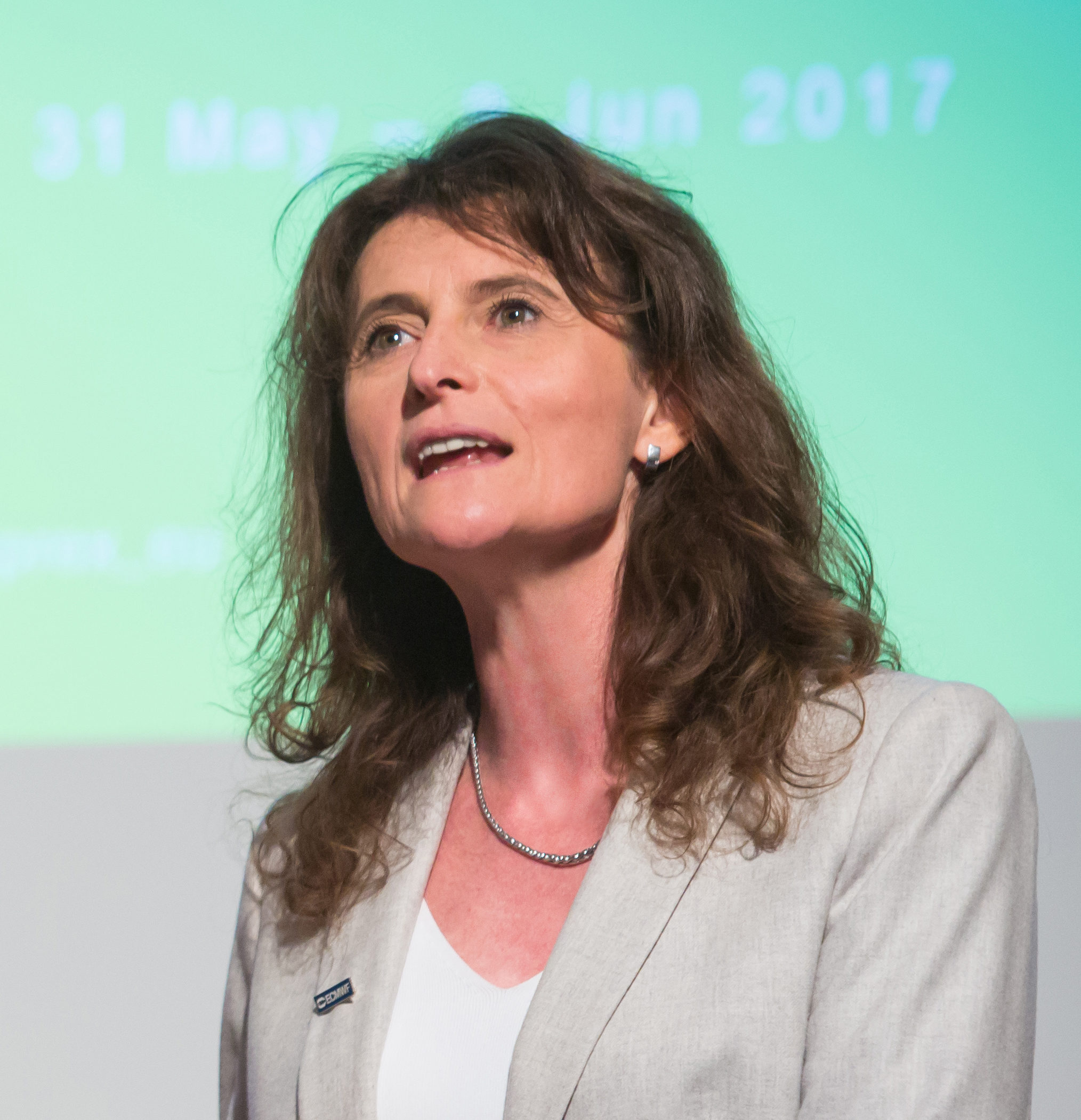
This summer is a time of several important developments for ECMWF: our next high-performance computing facility (HPCF) is being installed in our newly opened data centre in Bologna, Italy; the first staff are arriving in our new office in Bonn, Germany; and we have signed contracts with the European Commission for the second phase of the two Copernicus Earth observation services run by ECMWF as well as our contribution to an additional one. All the while, our main business of global medium-range weather prediction is continuing, with an important upgrade of the forecasting system in May.
During this time of rapid change, it is important to pause for a moment to put these developments into context. The new HPCF, like others before it, will enable continued development of our Integrated Forecasting System (IFS) to the benefit of our Member States and other users. It will enable us to increase the horizontal resolution of our forecasts substantially over the next few years, in line with our Strategy. The opening of a new office in Bonn, in addition to our UK headquarters in Reading and the data centre in Bologna, is intended to consolidate our links to the EU, in particular its Copernicus programme, and to develop our research partnerships in Europe. We have run the Copernicus Climate Change Service (C3S) and the Copernicus Atmosphere Monitoring Service (CAMS) since 2014 and are delighted to have been given the go-ahead for an ambitious programme of work during the next seven years. In addition, we will continue to provide computational services for the Copernicus Emergency Management Service (CEMS).
The upgrade of ECMWF's forecasting system is part of a schedule that sees improvements about once a year, although this year another one is planned for the autumn. The May upgrade to IFS Cycle 47r2 brought two important changes: a move from double precision to single precision in high-resolution and ensemble forecasts, and an increase in the number of model levels from 91 to 137 in ensemble forecasts. The first change reduces the computational load without affecting the quality of forecasts, while the second one improves forecasts and prepares the ground for an upgrade of the horizontal resolution. The effects of these changes can be studied in this Newsletter.
More evidence of ongoing research can be seen in the articles about our participation in the EU's Horizon 2020 project APPLICATE, which stimulated efforts to tackle the challenges that limit forecast skill in the Arctic, as well as the development of a calibrated clear-air turbulence parameter for ECMWF's IFS. Additional examples of research are contained in the news section of the Newsletter. These include developing the Ensemble of Data Assimilations for the ocean, while the article on Saharan dust events shows how Copernicus results can stimulate weather prediction research. Just as a lot changes for ECMWF, we thus stay true to the principle that cutting-edge medium-range weather forecasting requires sustained research on all fronts.
Florence Rabier
Director-General
